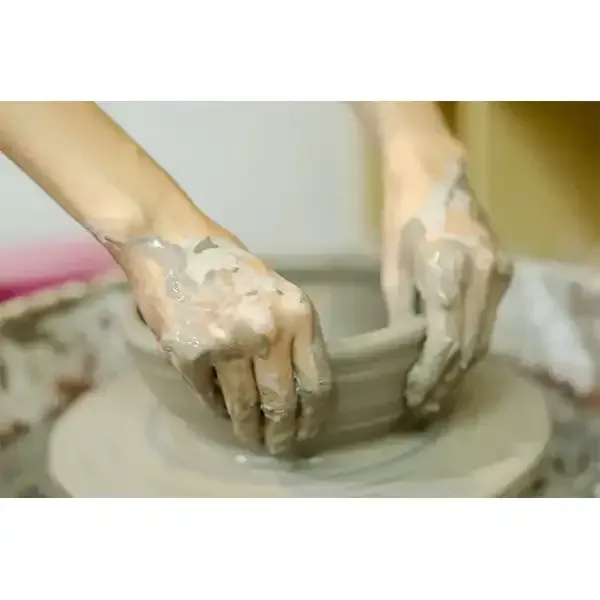Understanding Ceramic Tile Adhesive A Key Component in Tile Installation
Ceramic tiles have long been a favored choice for both residential and commercial flooring and wall applications due to their durability, aesthetic appeal, and ease of maintenance. However, the successful installation of these tiles heavily relies on the quality and appropriateness of the adhesive used. Ceramic tile adhesive, also known as tile glue or thin-set mortar, plays a crucial role in ensuring that tiles adhere securely to the substrate, providing a lasting finish.
When selecting a ceramic tile adhesive, several factors need to be considered. Firstly, the type of tile being used is essential. Different tiles, such as porcelain, glazed, or unglazed ceramic, may require specific adhesives designed for their weight and porosity. For instance, porcelain tiles, known for their density and low absorbency, benefit from adhesives specifically formulated to bond with these types of materials.
Additionally, the environment in which the tiles will be installed affects the choice of adhesive. Areas exposed to moisture, like bathrooms or kitchens, require a water-resistant adhesive or even a waterproofing membrane to prevent water penetration and subsequent damage. In contrast, tiles in dry, interior settings may not need such specialized products.
ceramic tile adhesive

Another critical consideration is the substrate to which the tiles will be attached. Common substrates include concrete, cement backer board, and drywall. Each material may necessitate a different adhesion strategy, further emphasizing the importance of choosing the right type of adhesive. For example, a flexible adhesive might be ideal for areas subject to movement or vibration.
The application process of ceramic tile adhesive is equally important. Proper mixing, spreading, and setting techniques ensure optimal performance. Using the correct trowel size to apply the adhesive helps achieve the right thickness and coverage, which is vital in preventing future tile cracks and failures.
Finally, understanding drying times and curing processes is essential for installers. Different adhesives have varying drying times, and rushing the installation process can lead to poor adhesion and compromised durability. Allowing adequate time for the adhesive to set before grouting is paramount for achieving a robust and lasting installation.
In conclusion, ceramic tile adhesive is a fundamental aspect of tile installation that impacts both the longevity and appearance of the finished project. Choosing the right adhesive requires consideration of the tile type, environmental conditions, and substrate compatibility. With the proper adhesive and application techniques, tile installations can achieve both durability and aesthetic appeal, ensuring they stand the test of time.
-
Rdp Powder: Key Considerations for Wholesalers in the Building Materials IndustryNewsJul.08,2025
-
Key Considerations for Wholesalers: Navigating the World of Hpmc - Based ProductsNewsJul.08,2025
-
Hpmc Detergent: Key Considerations for WholesalersNewsJul.08,2025
-
Key Considerations for Wholesalers: China Hpmc For Tile Adhesive, Coating Additives, Concrete Additives, and MoreNewsJul.08,2025
-
Crucial Considerations for Wholesalers: Navigating the World of Construction MaterialsNewsJul.08,2025
-
Key Considerations for Wholesalers Sourcing Additive For Cement, Additive For Concrete, Additive For Putty from Additive Manufacturer Shijiazhuang Gaocheng District Yongfeng Cellulose Co., Ltd.NewsJul.08,2025




